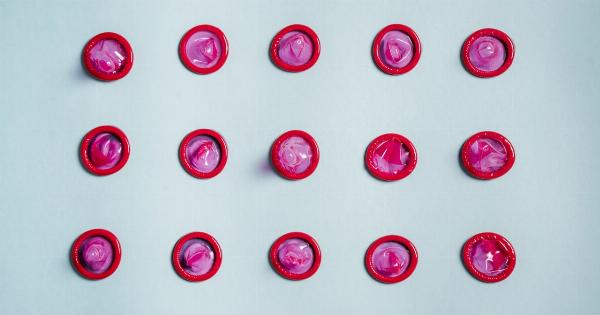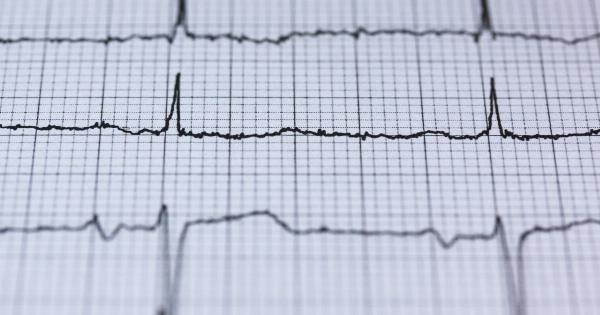Sexual pleasure and orgasm are often seen as a purely physiological phenomenon. However, the complexities of female orgasm go well beyond the physical aspects.
Psychological factors play a crucial role in a woman’s ability to experience orgasm and the quality of her sexual satisfaction. This article explores the psychological intricacies that contribute to the complexities of female orgasm.
Understanding Female Sexual Response
Before delving into the psychological aspects, it is essential to understand the basic mechanism of female sexual response. Female sexual response consists of four phases: desire, arousal, plateau, and orgasm.
While the physiological changes during each phase are well-documented, the psychological factors influencing these phases are often overlooked.
The Role of Desire
Desire serves as the initial trigger for sexual activity. Psychological factors such as past experiences, fantasies, self-esteem, body image, and relationship dynamics significantly impact a woman’s desire for sex.
Stress, anxiety, and depression can also diminish sexual desire, leading to difficulties in experiencing orgasm.
Arousal and Psychological Factors
Arousal involves the subjective experience of sexual pleasure and physiological changes in the body.
Psychological factors that contribute to arousal include emotional intimacy, communication with the partner, mental and emotional relaxation, sense of safety, and the absence of distractions. Negative emotions such as guilt, shame, or fear can hinder arousal, making orgasm elusive for many women.
The Power of Mindfulness
Mindfulness, the practice of being fully present in the moment, can play a crucial role in enhancing sexual experiences and orgasmic potential.
Mindfulness helps individuals focus on physical sensations, sensations of pleasure, and increased self-awareness. Its principles enable women to overcome psychological barriers, release judgment, and expectations, and experience heightened pleasure and orgasmic states.
Societal Factors and Orgasm Gap
Societal factors and cultural norms often contribute to the orgasm gap between men and women. The notion that male pleasure is prioritized over female pleasure creates psychological barriers that hinder women from fully experiencing orgasm.
Cultural taboos regarding female sexuality, myths, and outdated beliefs also negatively impact a woman’s sexual satisfaction.
Emotional Connection and Intimacy
Emotional connection and intimacy with a partner are integral to a woman’s sexual satisfaction. Trust, acceptance, effective communication, and a deep emotional bond foster an environment conducive to orgasm.
Lack of emotional intimacy or relationship conflicts can lead to decreased sexual satisfaction, making orgasm difficult to attain.
Positive Body Image and Self-esteem
A positive body image and high self-esteem positively influence a woman’s ability to experience orgasm. Insecurities about one’s body or physical appearance can lead to anxiety, self-consciousness, and reduced sexual pleasure.
Developing a positive body image and cultivating self-esteem plays a vital role in breaking through these barriers and embracing sexual pleasure fully.
The Impact of Trauma and Mental Health
Women who have experienced trauma, including sexual abuse or assault, may face significant challenges in experiencing orgasm. Traumatic experiences can result in psychological and emotional barriers that interfere with sexual pleasure and intimacy.
Similarly, mental health conditions like anxiety and depression can affect arousal levels and make orgasm more difficult to achieve.
Communication and Sexual Satisfaction
Effective communication about sexual desires, preferences, and boundaries is essential for mutual satisfaction and orgasmic experiences.
Open and honest communication with a partner fosters understanding, facilitates exploration, and allows for the fulfillment of psychological needs. Improving communication in the bedroom can lead to a more fulfilling sexual experience and an enhanced ability to reach orgasm.
Exploration and Sexual Self-discovery
Exploration of one’s own body and sexual self-discovery are fundamental aspects of achieving orgasm. Understanding what brings pleasure and what stimulates arousal plays a vital role in enhancing sexual satisfaction.
Women who engage in self-exploration and embrace their own desires are more likely to experience orgasm and have fulfilling sexual experiences.
Conclusion
While physical factors certainly contribute to female orgasm, the psychological elements are equally significant.
Understanding the complexities of female orgasm from a psychological perspective necessitates recognizing the impact of desire, arousal, mindfulness, emotional connection, body image, trauma, communication, and self-discovery. By addressing these psychological factors, both individually and within relationships, women can unlock the full potential of their sexual pleasure and achieve deeply satisfying orgasms.






























